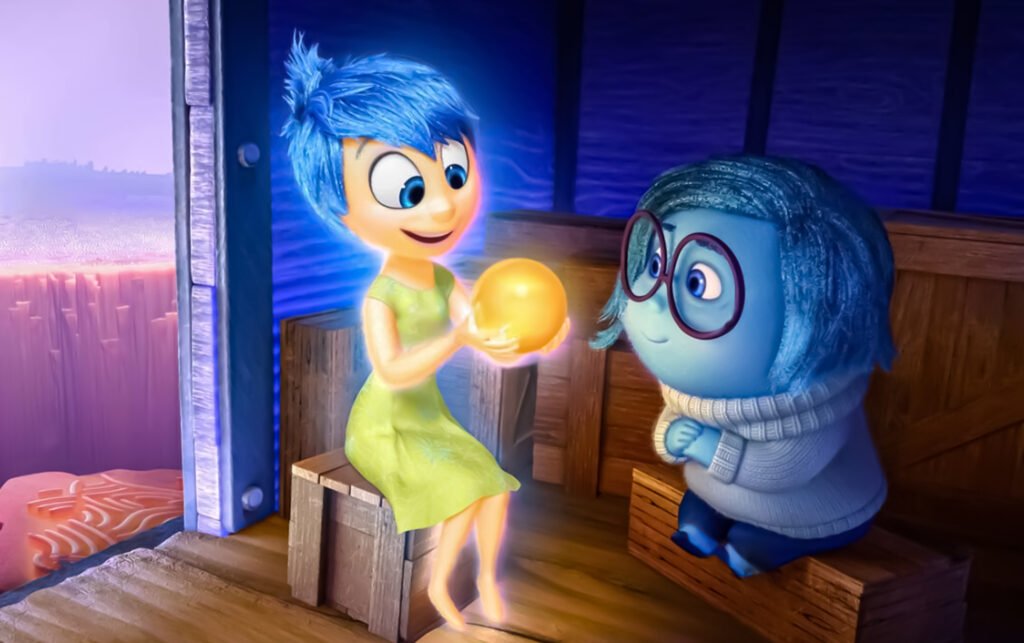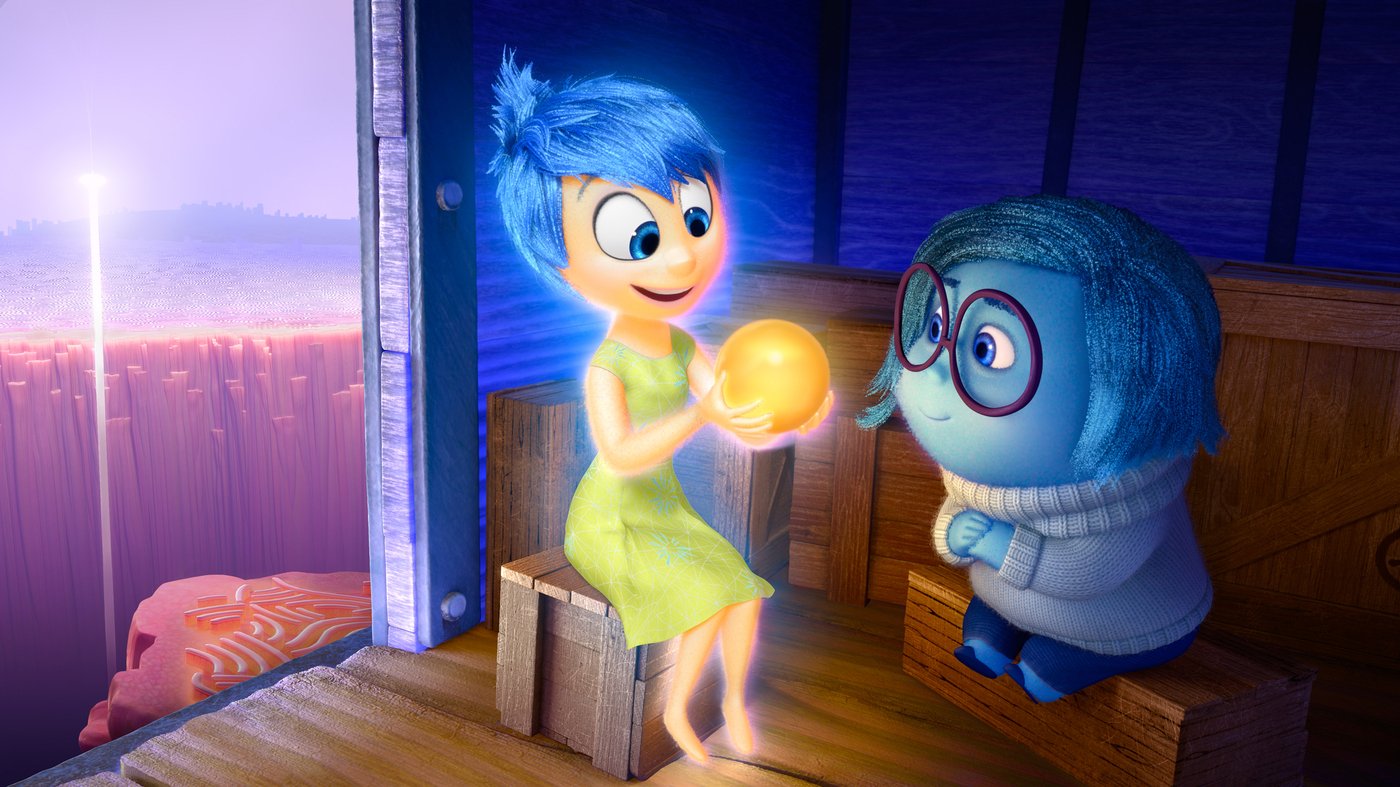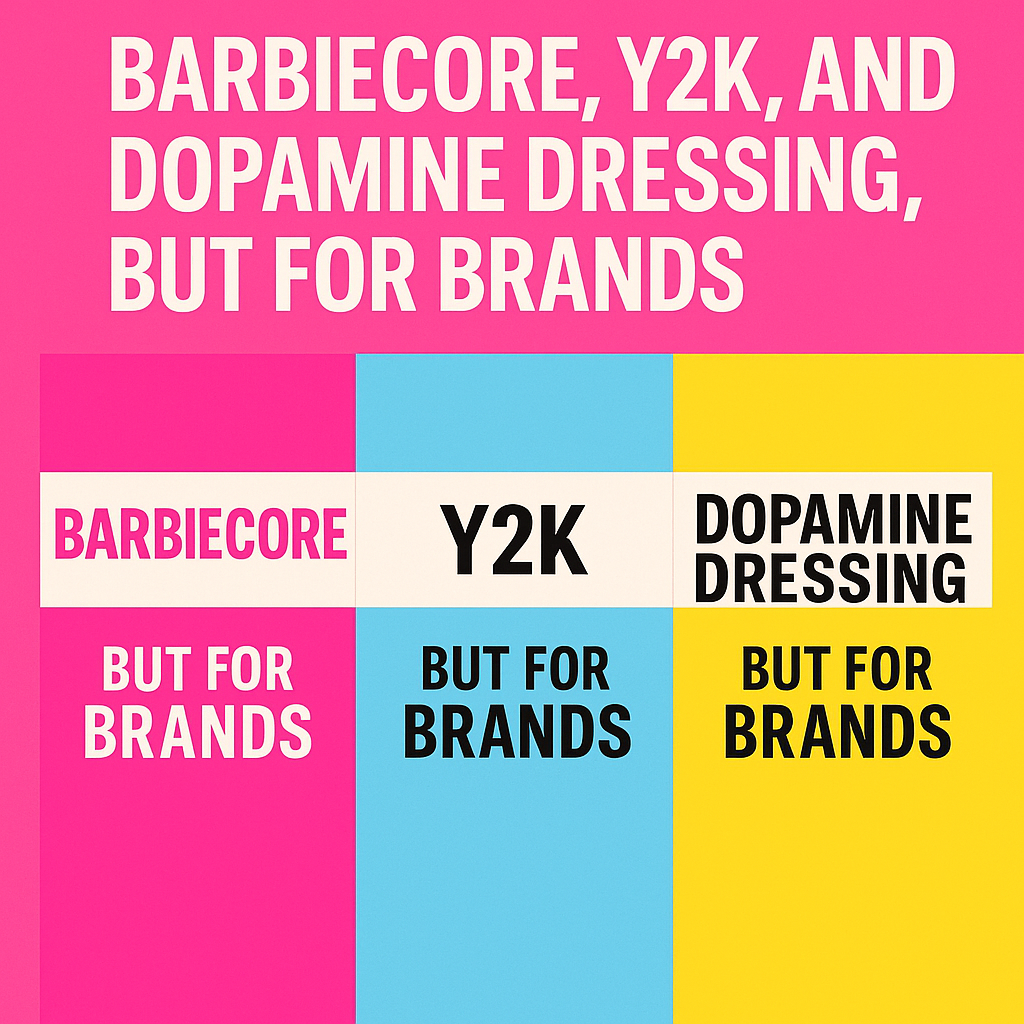Animation is more than just a visual spectacle; it’s a transformative medium that profoundly impacts how we think, learn, and remember. It serves as a profound medium for emotional engagement that resonates deeply with audiences. By exploring the psychological and artistic elements of animation, we can better understand how it evokes powerful feelings and fosters lasting connections.

Have you ever found yourself recalling a scene from an animated film long after watching it? That’s the power of emotional engagement at work. Animated characters often evoke empathy through their relatable expressions and narratives, creating emotional connections that enhance memory retention. When we feel something—whether joy, sadness, or excitement—we are more likely to remember the associated information vividly.
Emotional Engagement

Emotional Responses: Animation has the unique ability to evoke a wide range of emotions such as joy, sadness, fear, and excitement. This emotional engagement is facilitated by the use of dynamic visuals and relatable characters, which help viewers connect with the narrative on a deeper level. For instance, animated films often employ exaggerated facial expressions and vibrant color palettes to enhance emotional resonance, making characters memorable and engaging.
Empathy and Identification: Animated characters can foster empathy by mirroring real-life social cues. This connection allows viewers to identify with characters’ experiences, enhancing emotional responses and potentially influencing their behavior. Research indicates that audiences are more likely to remember messages conveyed through animation due to these emotional ties.
Cognitive Impact
Demystifying Ideas: One of the most remarkable aspects of animation is its ability to take complex concepts and distill them into engaging, easily digestible formats. Imagine trying to explain the intricacies of cellular processes or the nuances of economic theories through text alone. Animation breathes life into these topics, breaking them down into manageable segments that reduce cognitive overload. This simplification not only enhances comprehension but also allows viewers to grasp and retain information more effectively—research suggests that animated content can boost retention rates to an impressive 95%, compared to just 30% with traditional formats.
Attention and Retention: Animation significantly enhances viewer attention and information retention. Studies have shown that audiences are 43% more likely to understand and remember information presented through animation compared to static visuals. The integration of movement and sound in animated content captures attention more effectively, leading to deeper engagement.
Learning and Development: In educational contexts, animation can cater to diverse learning styles, making complex concepts more accessible. It has been found that children learn important social skills and values from animated media, which can shape their behavior positively or negatively depending on the content. This highlights the importance of mindful content creation in animation.
Social Influence
Behavioral Influence: Animation is not just a tool for entertainment; it also plays a role in shaping social behaviors and values. For example, Grave of the Fireflies is frequently regarded as one of the most anti-war films in animation history. The story’s tragic outcomes encourage viewers to consider the senseless devastation of war and its impact on civilian lives. It leaves a lingering effect, often prompting viewers to reflect on the harsh realities of conflict and the importance of peace.The film vividly portrays the suffering and innocence lost in war, creating a powerful emotional impact that fosters empathy in viewers. This connection to the characters often leads audiences to become more compassionate, particularly towards children in vulnerable circumstances.

Cultural Contexts: The impact of animation can vary based on cultural interpretations. Different demographics may interpret animated messages differently due to societal norms and values. This variability necessitates careful consideration of context when creating animated content.
India’s cultural diversity is reflected in its animated films, with regional studios increasingly focusing on local stories, languages, and art forms. For example, Punyakoti (2019), based on a Kannada folk tale, reflects the traditions of Karnataka, while other projects draw from different regional folklore. This diversity in content brings representation and inclusivity, allowing audiences from varied backgrounds to see themselves in animated stories.
Conclusion
Animation holds significant power in shaping audience perceptions and emotional responses. Its ability to engage viewers through emotional storytelling and dynamic visuals makes it an essential tool in various fields. As animators continue to explore this medium’s potential, understanding the psychological impacts will be crucial for creating meaningful content that resonates across diverse audiences. By leveraging these insights, creators can foster connections that not only entertain but also educate and influence positively.






